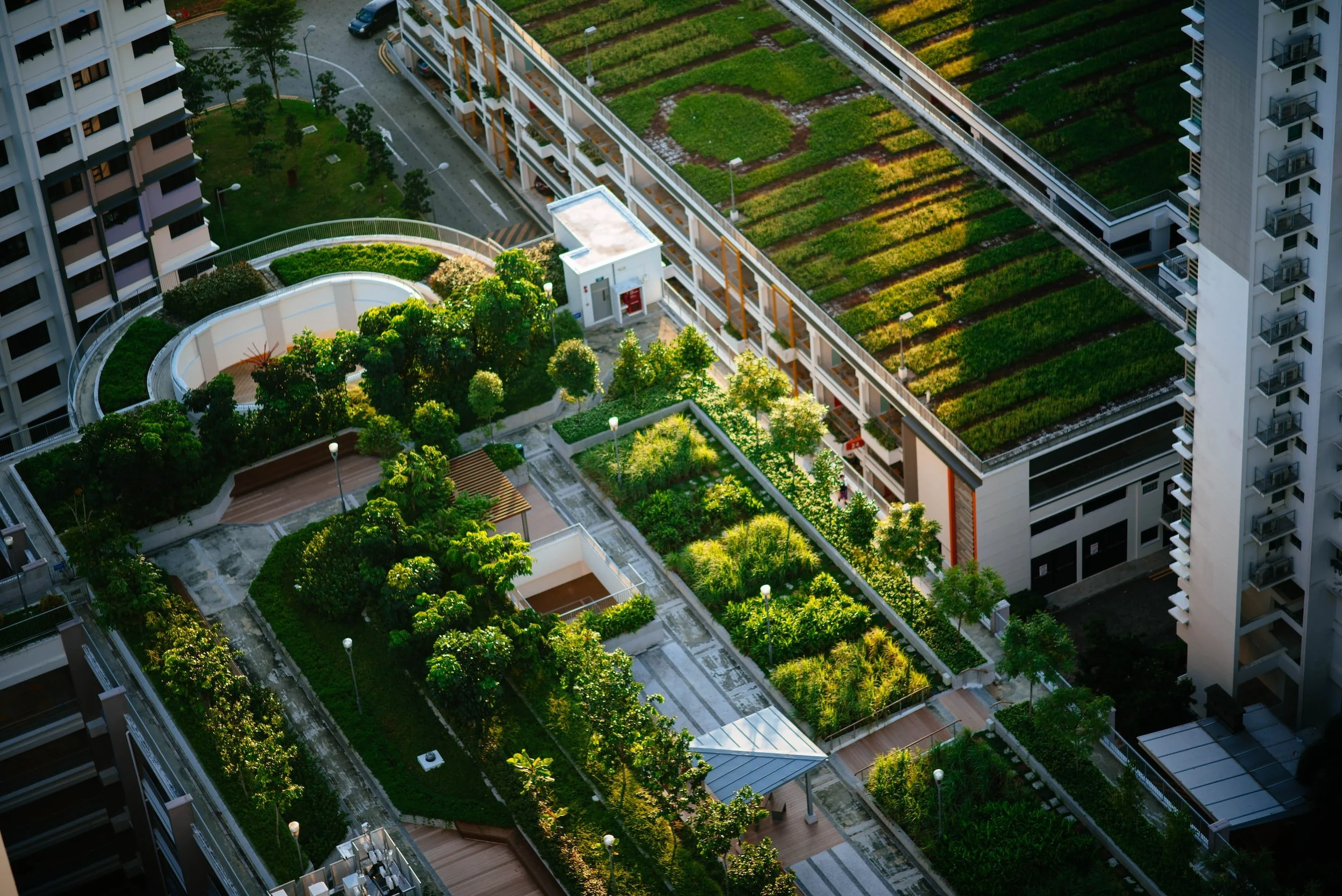Designing for Disassembly: How Architects are Creating Buildings that can be Easily Repurposed
/Designing for disassembly is a concept that is gaining traction in the world of architecture. It refers to the process of designing buildings that can be easily taken apart, repurposed and reused at the end of their lifecycle. The benefits of designing for disassembly are clear: it reduces waste, lowers the environmental impact of buildings and allows for more adaptable, sustainable structures. In this blog post, we highlight examples of buildings from around the world that have been designed with disassembly in mind. From the Reversible Destiny Lofts in Japan to the Urban Hive in Paris, these structures showcase the benefits of designing for disassembly and the potential it holds for the future of architecture.
Read More





